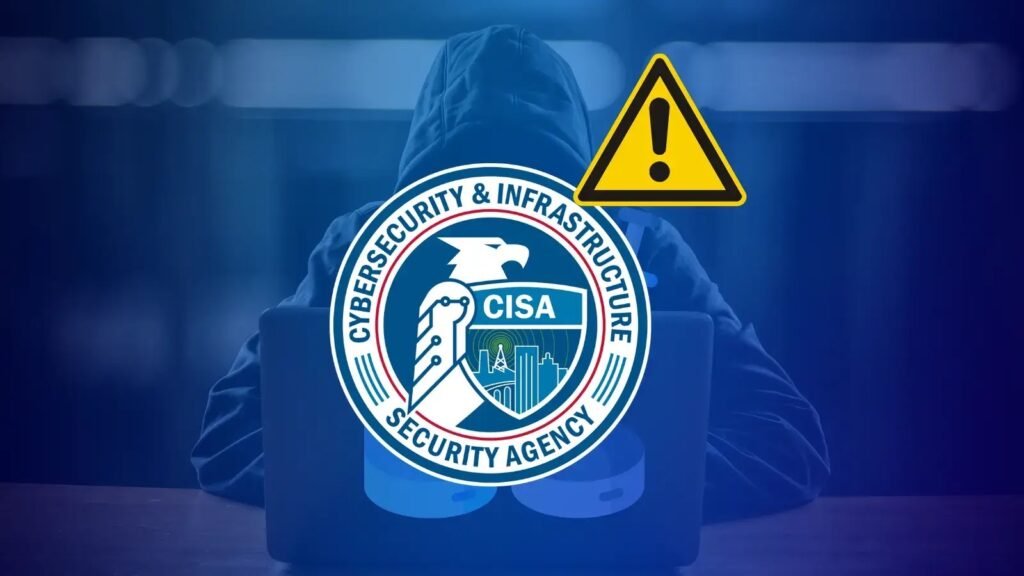The Cybersecurity and Infrastructure Security Agency (CISA) has issued a warning regarding three critical vulnerabilities that are currently being exploited in the wild. These vulnerabilities affect widely used products and can have severe consequences for organizations.
Vulnerability Details
1. ImageMagick Improper Input Validation Vulnerability (CVE-2016-3714)
This vulnerability exists in the ImageMagick image processing library, allowing attackers to execute arbitrary code by crafting malicious images.
2. Linux Kernel PIE Stack Buffer Corruption Vulnerability (CVE-2017-1000253)
This vulnerability affects the Linux kernel and allows local attackers to escalate privileges and gain control of the system.
3. SonicWall SonicOS Improper Access Control Vulnerability (CVE-2024-40766)
This vulnerability in SonicWall SonicOS can lead to unauthorized resource access and even cause the firewall to crash, disrupting network security.
Impact and Mitigation
These vulnerabilities can potentially compromise systems, steal sensitive data, and disrupt critical operations. CISA strongly recommends organizations take immediate action to mitigate these vulnerabilities:
- Identify and Inventory Affected Products: Determine which systems are using the vulnerable software.
- Apply Vendor-Provided Mitigations:Install the latest patches or updates provided by the vendors.
- Discontinue Use if Mitigations Unavailable: If patches are not available, consider temporarily disabling or removing the affected product.
- Monitor for Suspicious Activity: Keep an eye on logs and alerts for any signs of exploitation attempts.
- Update Incident Response Plans: Ensure your organization has a plan in place to respond effectively to a potential breach.
Best Practices
In addition to addressing these specific vulnerabilities, organizations should implement general cybersecurity best practices, including: - Regular Software Updates: Regularly update software and systems to apply security patches.
- Strong Password Management: Use strong passwords and implement multi-factor authentication.
- Network Segmentation: Implement network segmentation to limit the impact of a breach.
- Data Backup and Recovery: Create regular backups of data and ensure recovery capabilities are in place.
- Cybersecurity Awareness Training:Educate employees on cybersecurity risks and best practices.
Conclusion
These actively exploited vulnerabilities pose a significant threat to organizations. By taking prompt action to mitigate these vulnerabilities and implementing robust cybersecurity measures, organizations can significantly reduce their risk of being compromised. It is crucial to stay informed about cybersecurity updates and advisories to stay ahead of evolving threats
